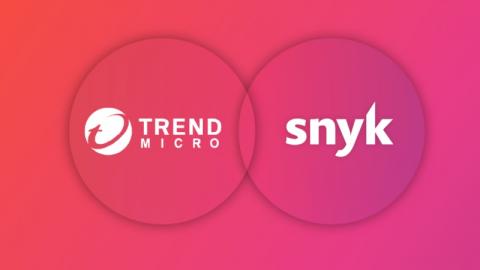Trend Micro launches Cloud One Open Source Security powered by Snyk
Last summer, we announced our plan to expand our partnership with Trend Micro to provide security operations teams visibility and tracking of vulnerabilities and license risks in open source components. The long-standing partnership already includes container image security scanning that leverages Snyk’s proprietary vulnerability database.










